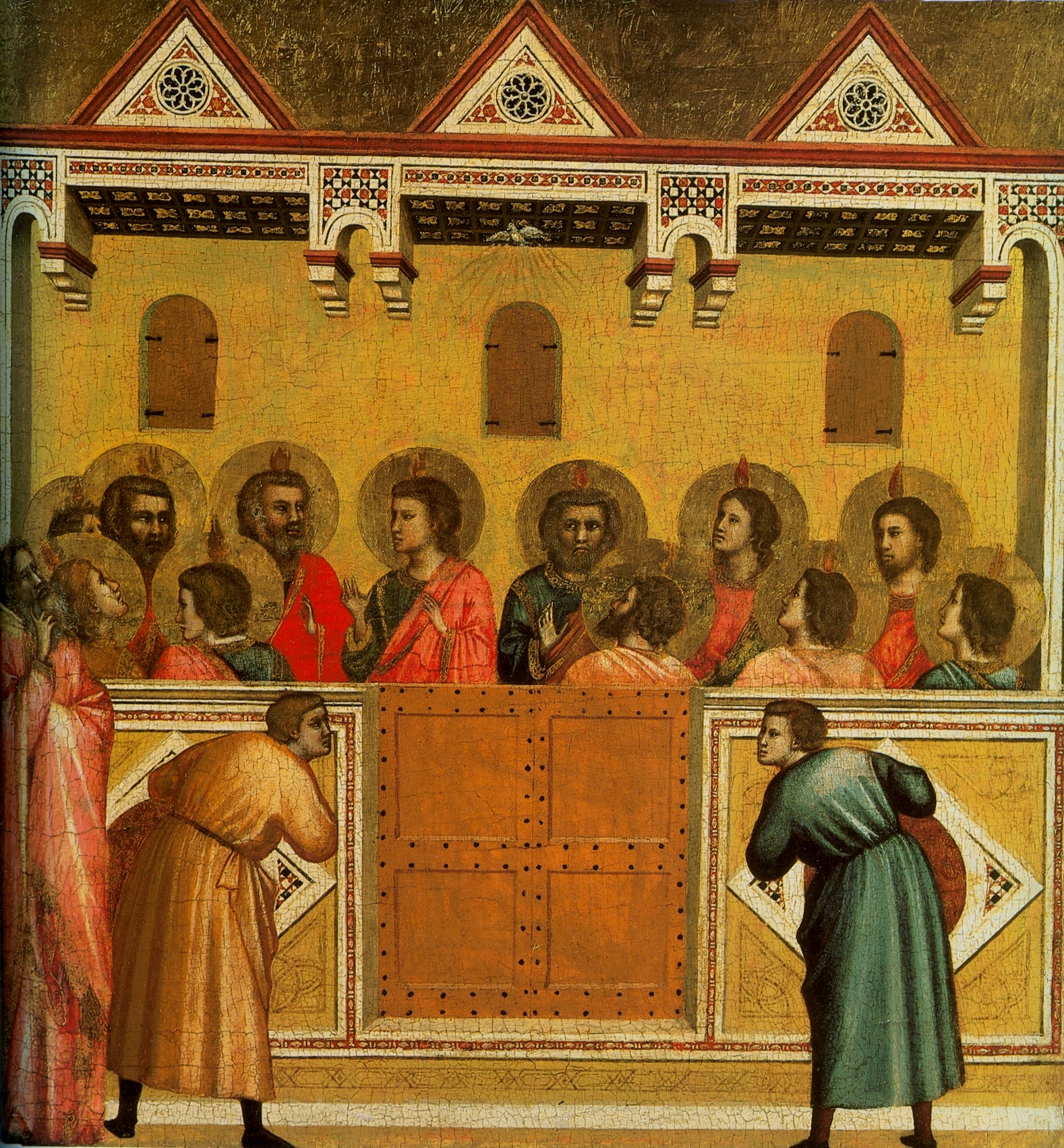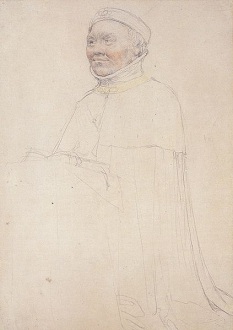
LIFE AS MYTH
![]()
JOURNAL
![]()
JOURNAL 2014
The poetics of grace
On shells and nests
![]()
SPRING 2014
The sun, the moon, and the stars
![]()
LIFEWORKS
![]()
ATLAS
![]()

SPRING 2014
THE GOLDEN HOUR
Pentecost, Giotto di Bondone. 1320-25. National Gallery. London. The annunciation to the shepherds, Les Très Riches Heures du duc de Berry, The Musée Condé, Chantilly. 1410. (below) Jean de France, Duke of Berry, study of a sculpture by Jean de Cambrai. Hans Holbein the Younger. 1523/24. Kunstmuseum Basel.
Terce, or Third Hour [Latin, from hora tertia, third hour after dawn], is a fixed hour for prayer dating back to Apostolic times. The third hour was also the traditional hour for Eucharist on feast days. This custom derived from the biblical reference to the third hour as the time that the holy spirit descended on the apostles at Pentecost. The third hour is also called hora aurea or hora sacra ("golden hour" or "holy hour").
And the angel said unto them, Fear not: for, behold, I bring you good tidings of great joy, which shall be to all people.
For unto you is born this day in the city of David a Saviour, which is Christ the Lord.
And this shall be a sign unto you; Ye shall find the babe wrapped in swaddling clothes, lying in a manger.
Luke 2:10-12 [KJV]The annunciation to the shepherds is an event in the nativity of Jesus and is found in Luke 2. In the little office of the blessed Virgin Mary, it is associated with Terce.
JEAN, DUC DE BERRY [1340-1416], was the third of four sons born to King John II of France. He was heavily involved in the court intrigue which surrounded the reign of his mentally ill nephew, Charles VI. From 1382-88, he served as Regent along with Charles' maternal uncle, the Duke of Bourbon. When his only surviving brother, Philip the Bold, died in 1404, Jean assumed the role of peacemaker, mediating disputes between his warring nephews.
He was married twice. With his first wife, Joanna of Armagnac [1346-1387], he had five children. The year following Joanna's death, he married his second wife, Joan II, Countess of Auvergne and Boulogne [1378-1434].
Jean is perhaps remembered most for his extensive patronage of the arts. His commissions include many illuminated manuscripts as well as the Holy Thorn Reliquary and the Royal Gold Cup, also known as the Saint Agnes Cup. His cultivation of art and artists severely impacted his wealth and when he died in the plague of 1416, he was heavily in debt.
(above) LES TRÈS RICHES HEURES [The very rich hours of the Duke of Berry] is possibly the most important illuminated manuscript of the 15th Century, having earned the designation "the king of illuminated manuscripts" or "le roi des manuscrits enluminés". Over a century in the making, the book has over 400 pages and features 131 large scale illustrations. Artists associated with the execution of this manuscript include the Limbourg brothers [Netherlands], Barthélemy van Eyck [Netherlands], and Jean Colombe [France].



